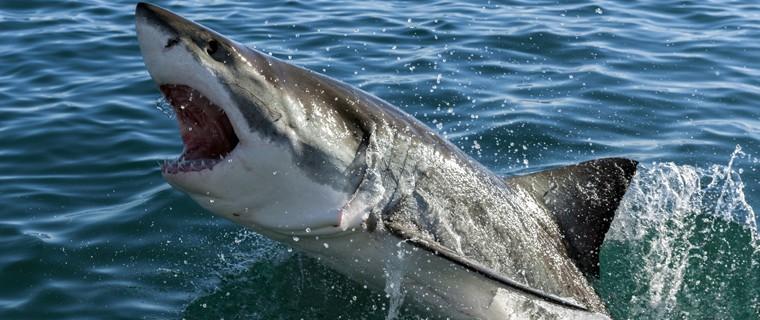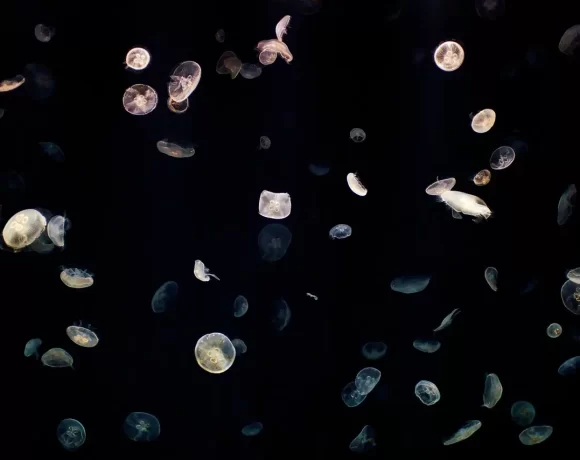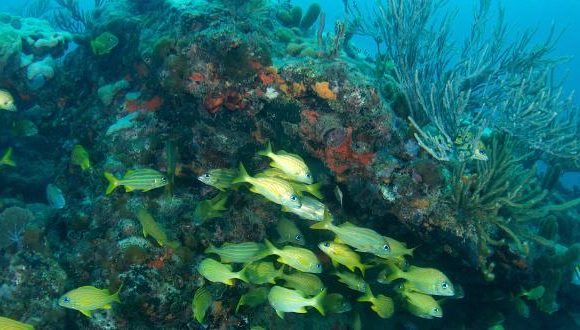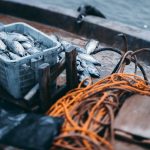Plastic Waste: Research Says That Our Plastic Waste Is Harming Sharks and Rays

The problem with plastic waste has long been a cause of debate for many countries around the world. But while several efforts have been made to help lessen the world’s waste, hundreds of sharks and rays are still dying after being tangled in plastic waste and “ghost nets,” according to research—and the problem could be worse than we see it.
When compared to commercial fishing, entanglement may not be a huge threat to sharks and rays.
But according to a study from a research team at the University of Exeter, the effect of being tangled can be devastating to animals and should be a major concern.
According the published studies and Twitter posts collected by scientists, more than 1,000 incidents of shark and ray entanglements has been reported.
But this number has not raised any concerns yet because only a few studies have been conducted regarding entanglements over the last few years. This could mean that the real number of entanglement cases may be larger than what is reported.
Incidents of entanglements include a turtle getting caught in a plastic six-pack ring, and sharks getting tangled in fishing ropes and discarded plastic nets. In 2017, several grey seals were found off the coast of Norfolk with Frisbees around their necks.
Although some thought that the sight of these seals were funny, some injuries were so severe that seals had to be under the care of the RSPCA for several months.
A more profound example would be the case of a shortfin mako shark that was seen with a fishing rope tightly wrapped around it. According to Kristian Parton of the Centre for Ecology and Conservation from the Exeter University, “the shark had clearly continued growing after becoming entangled, so the rope—which was covered in barnacles—had dug into its skin and damaged its spine.”
Parton added that, “Although we don’t think entanglement is a major threat to the future of sharks and rays, it’s important to understand the range of threats facing these species, which are among the most threatened in the oceans. Additionally, there’s a real animal welfare issue because entanglements can cause pain, suffering and even death.”
The university’s study was the first to use the social media platform Twitter to gather data and the results were astounding because it revealed entanglements and locations that were not recorded even on academic papers and other formal studies.
“Due to the threats of direct over-fishing of sharks and rays, and ‘bycatch’, the issue of entanglement has perhaps gone a little under the radar,” Professor Brendan Godley said. The professor spearheads the university’s marine strategy and co-authors this report.
With the number of entanglements still growing around the world, scientists are hoping that more attention will be given to understanding and solving this problem before it becomes a major threat to marine life.
More importantly, the need to lessen plastic waste being disposed in the ocean should be addressed to not only save the animals but also prevent further destruction to the environment.
References:
Information on this by The Independent
Click here for additional information about marine litter.















